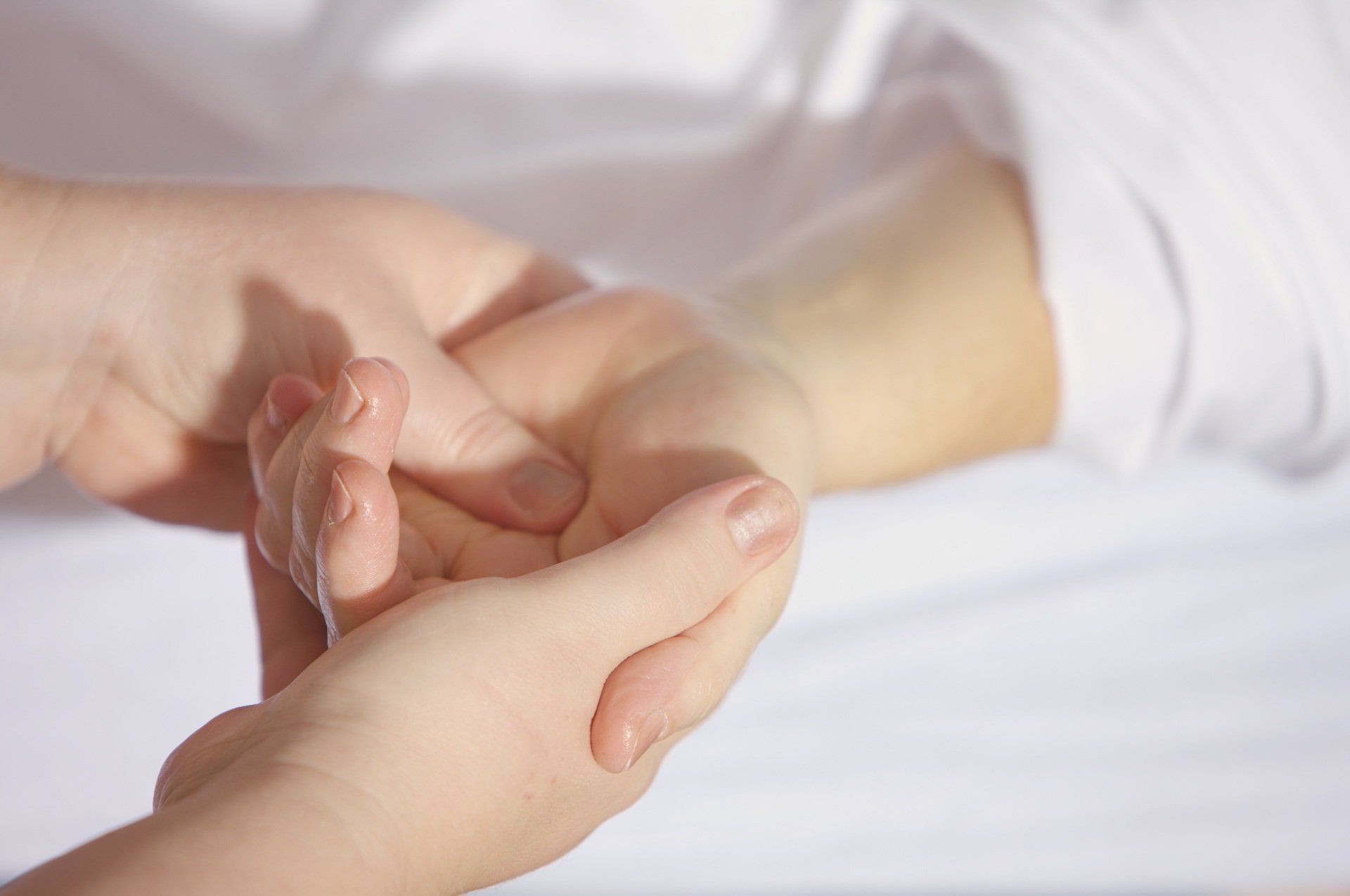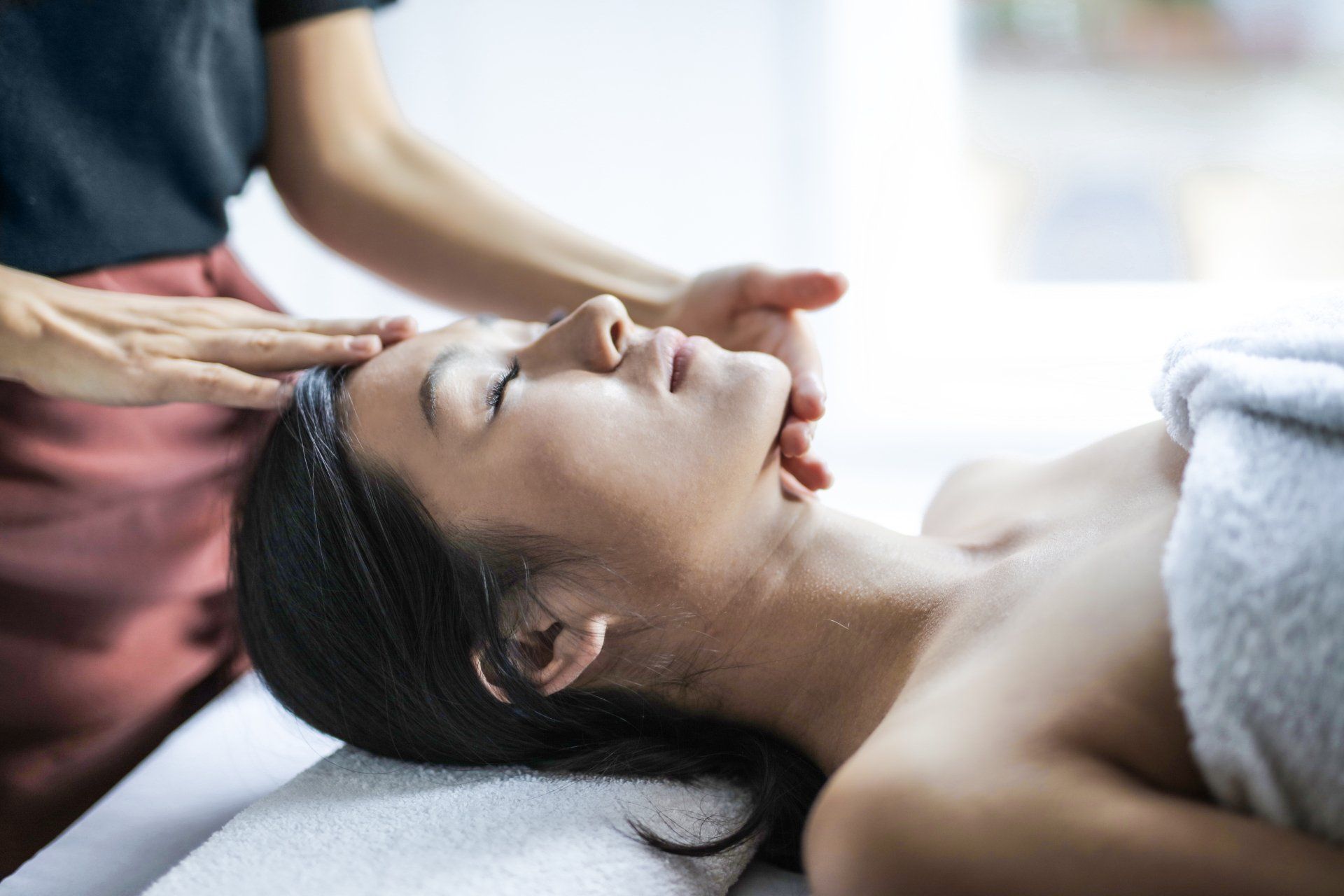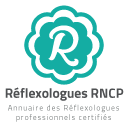reflexology
There are several types of reflexology
Plantar - Palmar - Dorsal - Facial/cranial - Auricular
The principles
Reflexology is a manual technique based on the regulation of the autonomic nervous system.
It is based on the theory that there are reflex zones on the hands and feet corresponding to the different organs, glands and parts of the body.
Stimulating an area generates a reflex loop, which sends information to the central nervous system.
This responds by sending information to the organ or region in imbalance.
In addition, touch generates the release of well-being hormones which will also contribute to relaxation and relaxation.
By specifically touching these different reflex zones, reflexology aims to stimulate the body's self-regulation capacities via the autonomic nervous system and thus restore the natural balance, also known as homeostasis.
Its field of action being prevention, well-being and lasting health, it promotes the process of self-regulation by a specific touch of the reflex zones and meridian points, relying on neuro-vegetative mechanisms. and fluid circulation.
The benefits
From the first session, reflexology induces deep relaxation.
It provides both physical and mental benefits.
BALANCING COMPLEMENTARY PREVENTIVE
- Releases Stress, Anxiety, Nervous Tensions, Negative Emotions Well-being Participates in pain management Strengthens the body's natural resources (immunity, etc.) Promotes blood and lymphatic circulation Rebalances vital and energy functions Prevents, relieves, eliminates disorders and promotes metabolic balance (homeostasis)
Over the course of the sessions, it brings an undeniable well-being
Toxins are eliminated.
The circulation of the blood, lymphatic and energy systems is improved
The regularity of reflexology sessions will reinforce the positive effects on the nervous system.
It is a complementary help where each person is considered as a whole,
in all its dimensions: physical, emotional…
In accordance with the law, the practice of reflexology can in no way be assimilated to medical care or physiotherapy, but to a technique of well-being through physical relaxation and stress-free relaxation.
(law of 30/04/1946, decree 60669 of article l.489 and the order of 08/10/1996).
Indications
- Back painMuscle and joint painAcute or chronic stress, nervous tension, overworkAnxiety or depressed moodFatigueDigestive disorders, intestinal discomfortAllergyChronic or acute inflammationHormonal disorders (menopausal disorders, cycle-related ailments, feminine disordersLymphatic circulation disordersRehabilitation after illness or accidentPain (acute or chronic) )Sleep disordersSupport in heavy life situations and development processesRelaxation, Well-being, muscular and nervous relaxation
Contraindications
- FeverWounds or foot pain: mycosis, wart, ingrown toenail, recent scar, sprain, fracture...Phlebitis, recent venous thrombosisPregnant women under 3 months
With doctor's approval
- Severe depression Degenerative diseases Significant heart disorder, pacemaker









